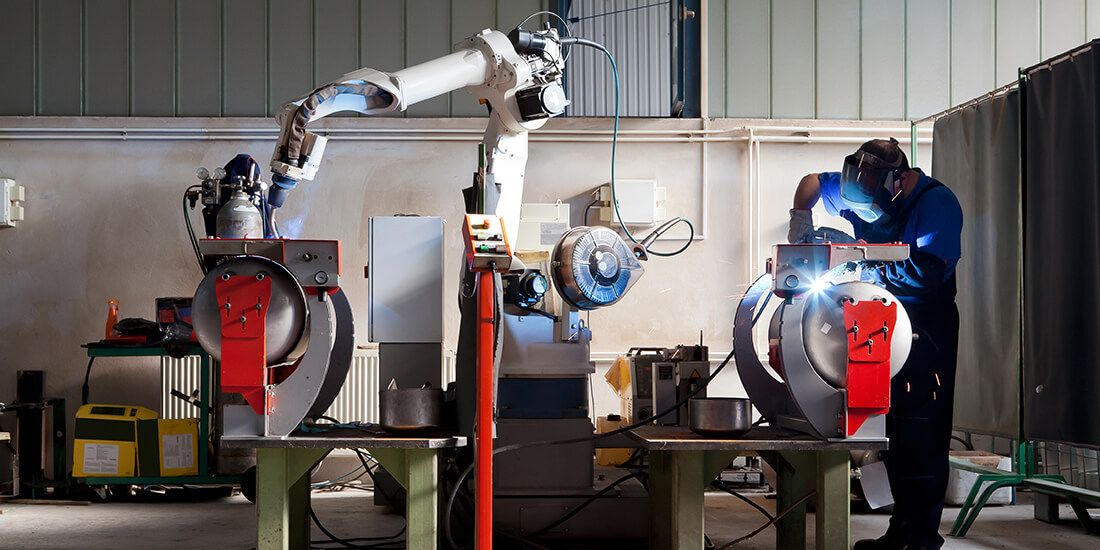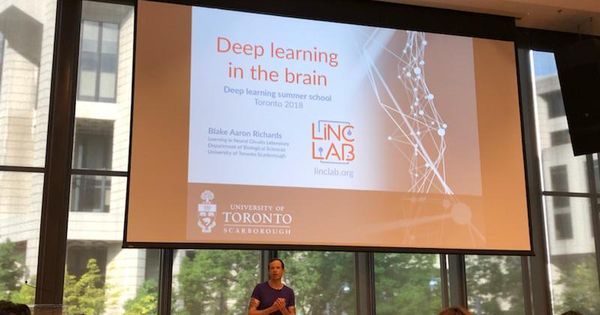The Volvo 360c fully autonomous, all-electric concept car is a conversation starter. It envisions the replacement of short-haul flights with luxuriously comfortable car travel, while also proposing ideas for a more efficient work commute.
Category: robotics/AI – Page 2,370



An Insider’s Look Into The Summer School Training The World’s Top AI Researchers
Students benefit from classes by the leading experts in each subset of AI research. Students learn about techniques like computational reinforcement learning by one of the inventors of the technique (Richard Sutton). The list of over 28 AI experts allows students to develop a deeper intuition about AI techniques from often the people who are at the forefront or have invented a particular AI technique.
Aside from the world-class instruction, AI companies sponsor dinners and rooftop socials meant to facilitate future collaborations among research labs.
The CIFAR deep learning and reinforcement learning school has been training the world’s top AI researchers since 2005. Here we take an insider’s look at the school.


It’s the year 2038–here’s how we’ll eat 20 years in the future
It’s the year 2038. The word “flavor” has fallen into disuse. Sugar is the new cigarettes, and we have managed to replace salt with healthy plants. We live in a society in which we eat fruit grown using genetics. We drink synthetic wine, scramble eggs that do not come from chickens, grill meat that was not taken from animals, and roast fish that never saw the sea… Here’s a futurist outlook at the next two decades of food developments, from robot farmers to 3D-printed meals to AI monitoring of your daily calorie intake.


Activists urge killer robot ban ‘before it is too late’
Countries should quickly agree a treaty banning the use of so-called killer robots “before it is too late”, activists said Monday as talks on the issue resumed at the UN.
They say time is running out before weapons are deployed that use lethal force without a human making the final kill-order and have criticised the UN body hosting the talks—the Convention of Certain Conventional Weapons (CCW)—for moving too slowly.
“Killer robots are no longer the stuff of science fiction,” Rasha Abdul Rahim, Amnesty International’s advisor on artificial intelligence and human rights, said in a statement.

